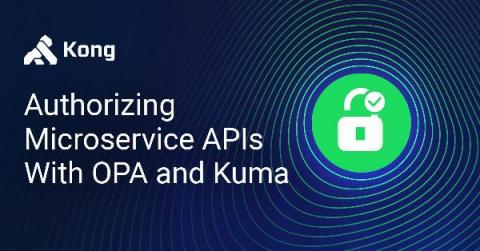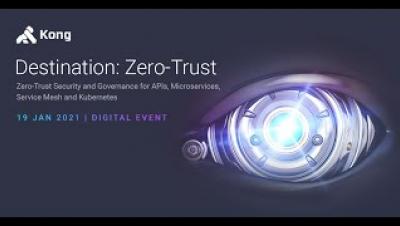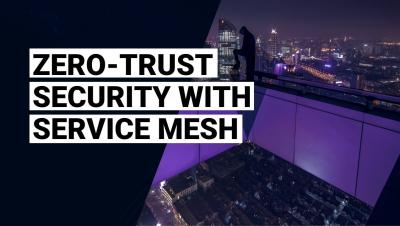Tested Recipe for Optimizing and Securing Your Hybrid Cloud Environments
Enterprises are quickly evolving from a posture that approached the cloud as a kind of playground to one that goes all in to achieve cloud-first, cloud-native IT. With this transition from free-for-all to mature-business-service architecture, usually involving multiple public cloud providers, comes the need to answer some thorny questions. It’s no longer sufficient to endlessly pile on additional cloud services to a growing hybrid or distributed cloud infrastructure.










